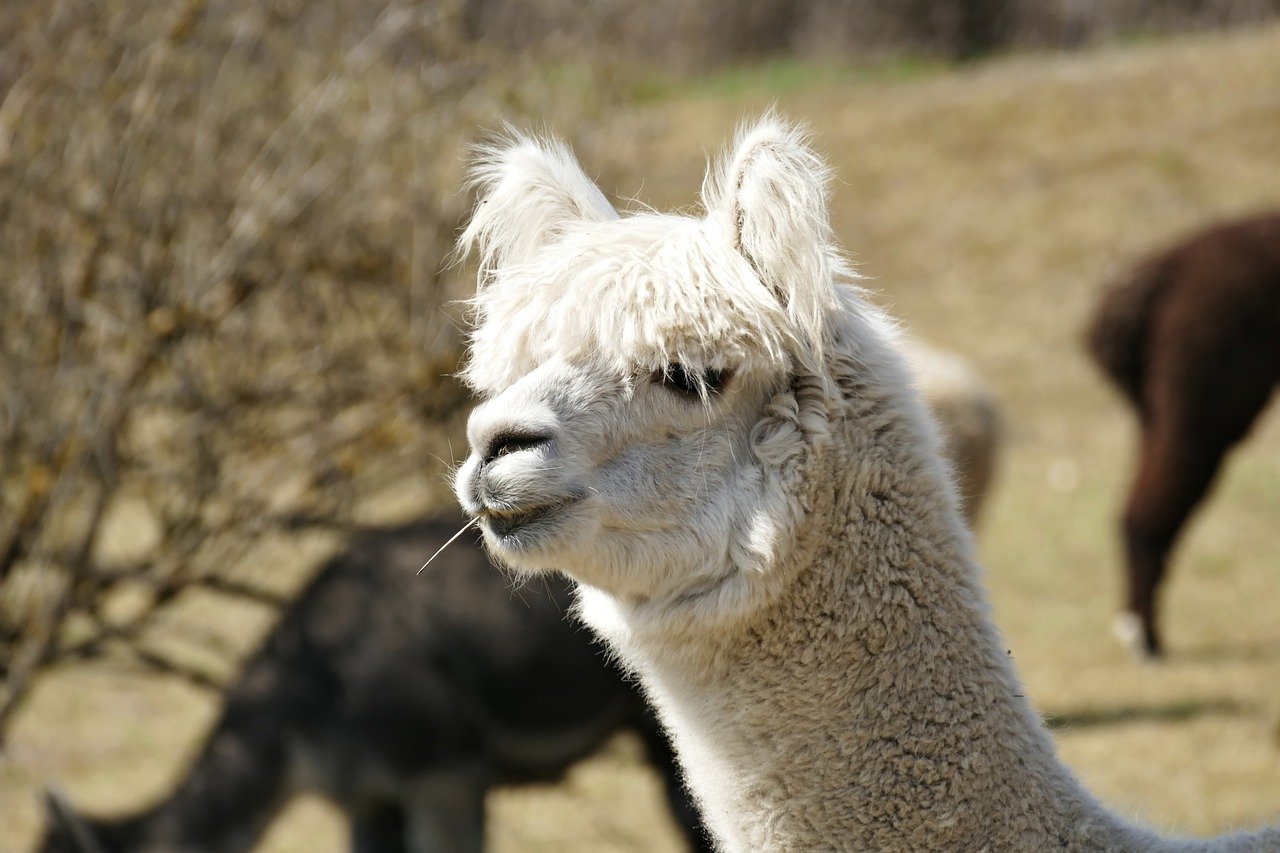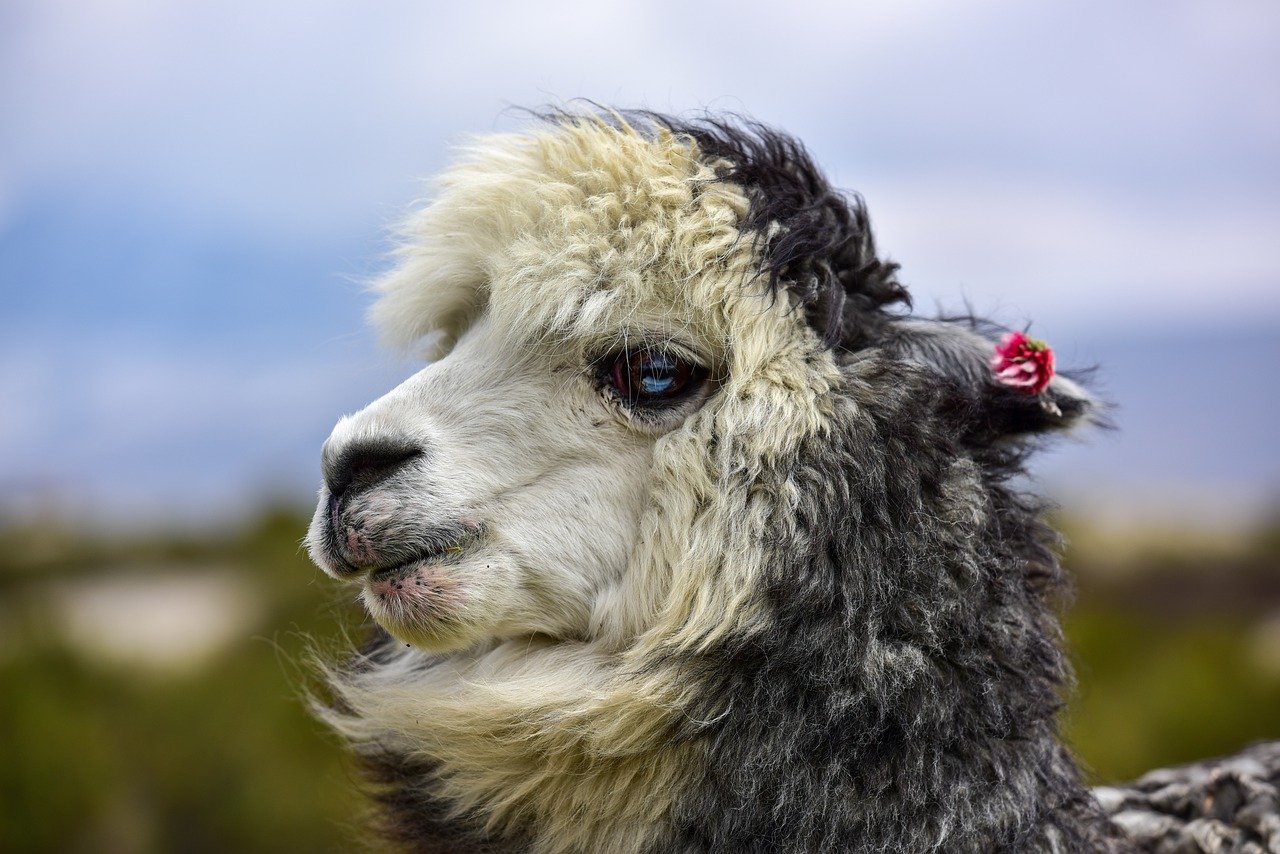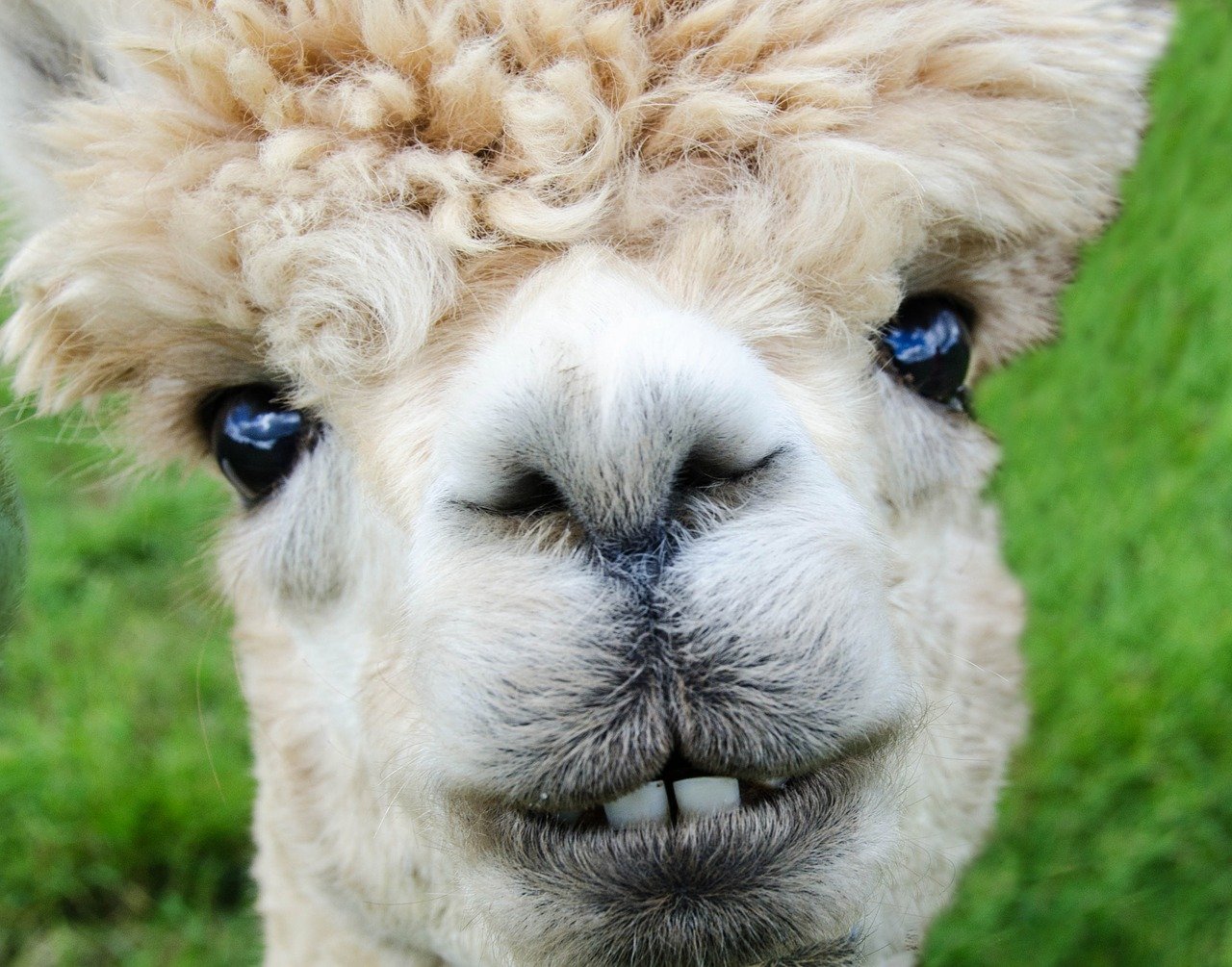 |
| About the Alpaca, the Little Camel in Sheep's Clothing |
Seeing its appearance, maybe people would not think that this animal is a kind of camel because of the common mindset that camels must have a hump.
Within the level of scientific classification itself, alpacas are categorized as part of the camel family because both alpacas and other animals in the related family.
Which is have the characteristics of herbivorous behavior, aka plant eaters, have two toes, have a long neck, oval head, slender legs. , and spit if irritated.
About the Alpaca, the Little Camel in Sheep's Clothing
Apart from the alpaca, other camel species that also live in South America are llamas, vikuna and guanako.
The native habitat of alpacas is located in the central Andes Mountains. However, alpacas can also live in the lowlands where the temperature is warmer if their hair or hair is partially shaved.
 |
| About the Alpaca, the Little Camel in Sheep's Clothing |
The difference in size means that llamas and alpacas are bred for different purposes. If llamas are kept for use as shepherds and transporters, then the alpaca is cared for for its hair, which is like wool.
Alpaca can also be divided into two different variants based on the appearance of their hair, namely wavy hair and straight hair.
The main diet of alpacas is grass. Unlike the goat, the alpaca has a short tongue so that the alpaca never uses its tongue to pluck grass from its roots.
This in turn makes the alpaca have a lesser negative impact on the local ecosystem as the plants that the alpaca eat can regrow. Alpaca has three stomachs to help it digest plant fiber as efficiently as possible.
This digestion process takes a long time so that when the alpaca is restless, it can re-remove some of its stomach contents and vomit it into the creature that is bothering it.
 |
| About the Alpaca, the Little Camel in Sheep's Clothing |
Alpaca is a social animal that lives in groups and can mingle with animals from other species such as sheep. One alpaca group consists of a male, an adult female, which can number up to 10, and young alpacas.
Although seemingly harmless, male alpacas can fight fiercely when carnivorous animals approach their flock. Alpaca attacks its enemies by spitting and kicking.
The other side Alpaca
The most interesting thing about alpaca herd behavior is that they can use the same place when disposing of feces. Alpaca does not have a specific breeding season and can breed at any time.
If a female alpaca has already mated with a male alpaca, then the alpaca will enter a gestation period which lasts about eight months.
Alpaca Video
An alpaca baby that has been born will live from its mother's milk until it is eight months old. Male alpacas experience sexual maturity at three years of age, while females enter sexual maturity at one year of age.
Male and female alpacas are very similar physically, but can still be distinguished by looking at their teeth. The male alpaca's front teeth tend to be longer because they are also used for fighting.
Read More: About Green Anaconda, Shadow Predators in the Amazon Jungle
Alpacas are known to live up to twenty years of age. Alpacas have a maximum body length of 2.2 meters, a maximum shoulder height of 1.3 meters, and a maximum weight of 65 kilograms.
This size then makes the alpaca the smallest camel species in the world. Alpaca has soft yet strong hair. These characteristics then make alpaca hair much sought after to be processed into clothing.
 |
| About the Alpaca, the Little Camel in Sheep's Clothing |
Apart from hair, alpaca is also cultivated for its meat, skin and dirt. Alpaca meat is widely consumed as food and a source of animal protein. Alpaca skin is useful as a material for rugs, belts and shoes. Meanwhile, the manure can be used as fertilizer and fuel.
The traditional method of raising alpaca is still the traditional method of alpaca herd being allowed to eat freely on the pasture while being watched by domestic herders and llamas. The practice of raising alpaca is said to have existed since six thousand years ago. By: Ochie











0 comments